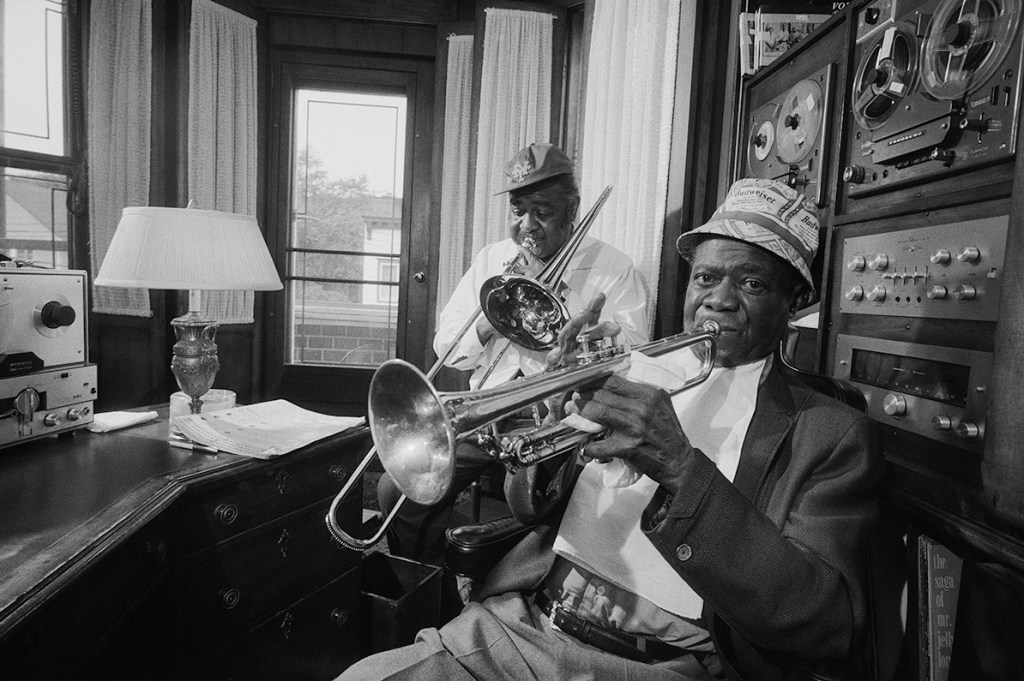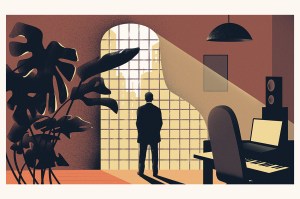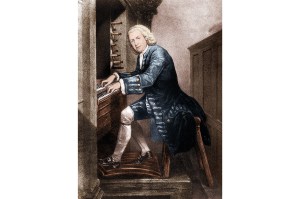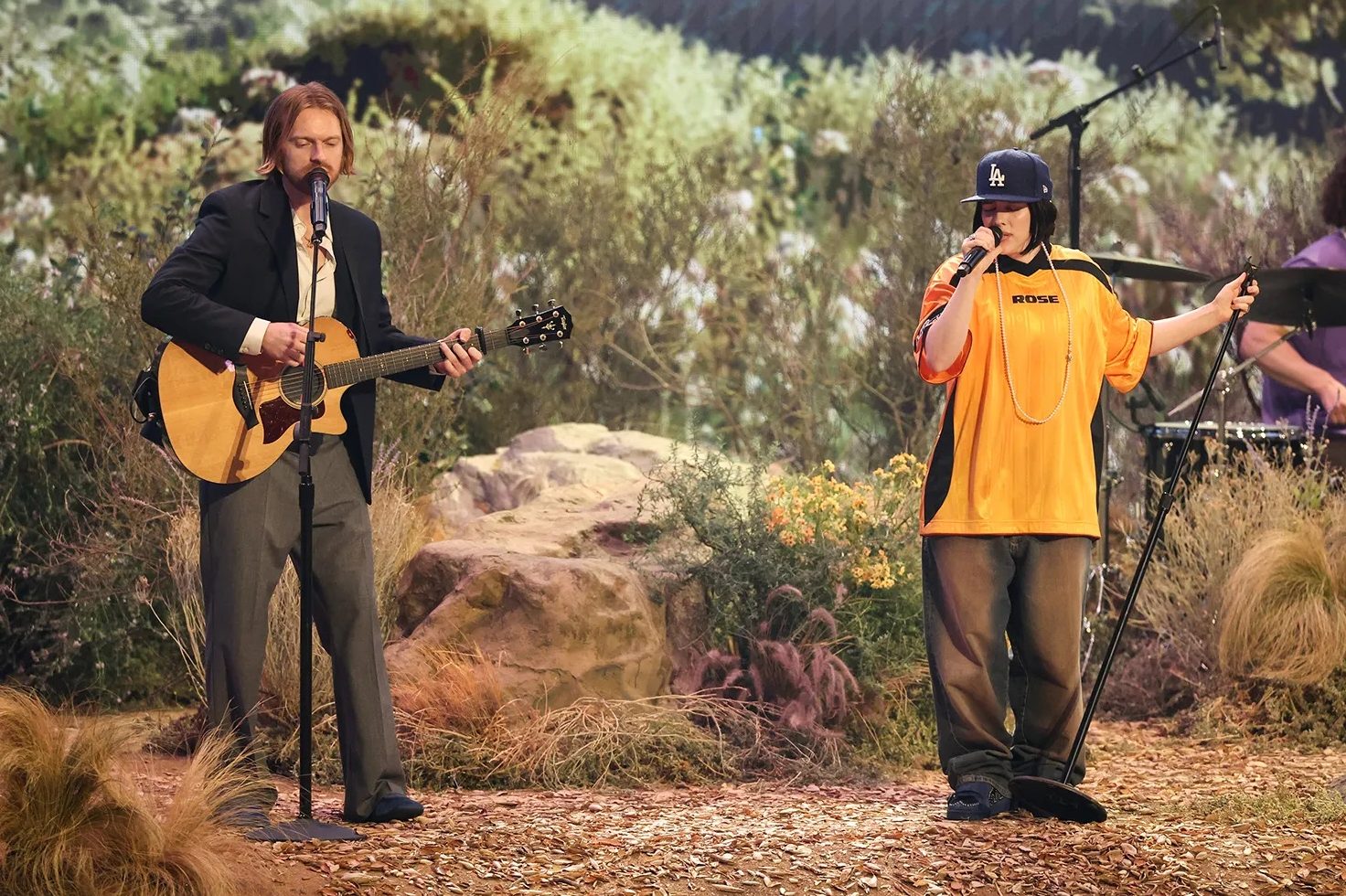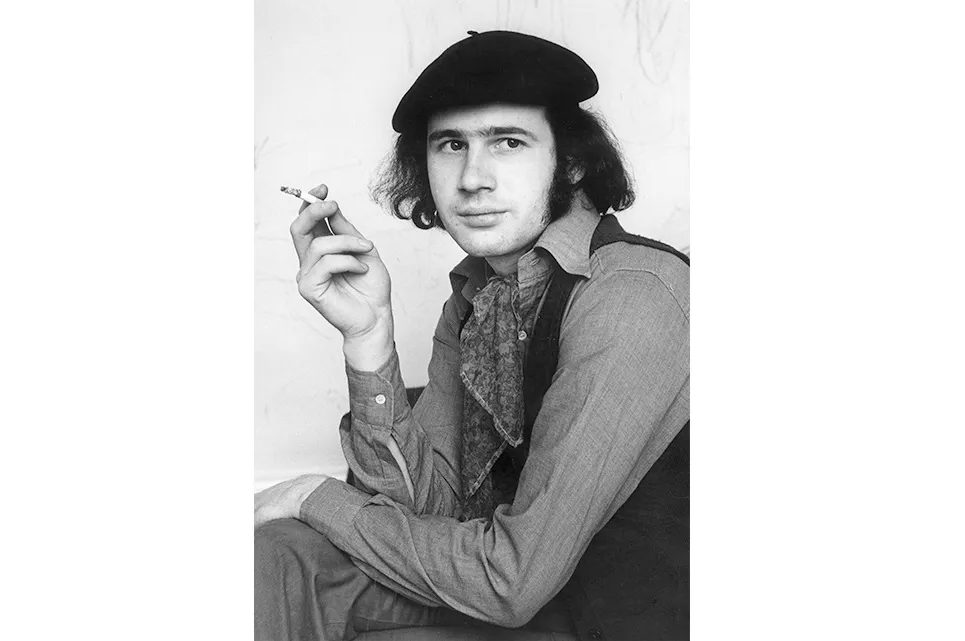The New York Times recently started a new series about introducing a friend to jazz in five minutes with a tribute to Duke Ellington. In many ways, Ellington is a sound choice. He was the bandleader par excellence, a brilliantly inventive composer who formed much of the modern jazz vocabulary. But matters can’t rest there. In any assessment of jazz’s founding fathers, Louis Armstrong has to stand as the most influential figure. Both his trumpet and voice are simply inimitable.
A recent visit to his modest home, which is now a museum, during a trip to New York with my family offered a reminder of the magnetic attraction Armstrong continues to exert. On a summer weekend we took the subway from Manhattan to Corona, Queens, walking through what has become a predominantly Latin American neighborhood to reach it.
“Drop me off in Harlem,” Armstrong sang in his lone recording session with Ellington, but it was Corona where he lived from 1943 until his death in 1971. He enjoyed the low-key vibe of the neighborhood, which offered a respite from the strain of touring around the world. Lucille, a former dancer at the Cotton Club who was his fourth wife and who died in 1983, willed the house to New York City, which named it a landmark in 1988.
The house is brimming with reminders not only of his fame but also his ebullient zest for life. As numerous photos in the museum attest, Armstrong loved children. He was as apt to be hanging out on the front stoop teaching the neighbor kids how to play trumpet as he was listening to a wide variety of music on his reel-to-reel tape machine in his sanctum sanctorum, a small den that Lucille carved out for him towards the front of the house. His dedication to the trumpet was absolute: “That trumpet comes first, before everything, even my wife. Got to be that way. I love Lucille, man, but she understands about me and my music.” The entrance to the museum — a converted garage — features one of his burnished gold trumpets and numerous LP covers from the course of his remarkable career.
Armstrong, who was born in 1901 in a wooden shack in the famed Storyville district of New Orleans, could hardly have come from a humbler background. His mother, Mayann, was a prostitute, and his father was seldom in evidence. After he fired a .38 revolver during New Year’s celebrations in 1912, the young Louis was arrested and remanded to the Colored Waif’s Home. It turned out to be a stroke of good fortune: Armstrong, whose nickname was Dippermouth because of the largeness of his mouth, then Satchelmouth, and finally Satchmo, joined the Home’s brass band, absorbing the raucous blues and stomps that were at the heart of the New Orleans sound.
Next came the fabled New Orleans cornetist Joe “King” Oliver. It was Oliver, Terry Teachout observes in his informative biography Pops, who taught Armstrong to “worship at the altar of melody.” Playing on Streckfus steamboats with Kid Ory’s Brownskin Band and with local bandleader Fate Marable, who insisted he learn to read music, helped further hone Armstrong’s prowess. The pianist Jess Stacy recalled, “You can’t imagine such energy, such musical fireworks as Louis Armstrong on that boat.”
The breakthrough for the twenty-three-year-old Armstrong came when he joined his idol King Oliver’s Creole Jazz band in 1922 in Chicago. “Oh,” Armstrong recalled in 1959, “those cats were blowing!” Next came a stint with Fletcher Henderson’s big band at the Roseland Ballroom in New York. Bursting with talent and imagination, Armstrong cut some of his finest solos over the next few years with his own small bands, the Hot Five and Hot Seven. He reached something of a pinnacle in joining forces with Pittsburgh pianist Earl Hines on numbers such as “West End Blues,” whose opening, a bravura solo by Armstrong, remains as shocking today as it was then and is widely considered to have ushered in a new era in jazz.
George Avakian, a recording engineer for Columbia, noted that “Louis is so bursting with emotion on these sides that there is scarcely a chorus where some minor aberration does not pop into his attack or intonation.” I always feel as though he was trying to overcome any technical limitations that the trumpet poses by overwhelming it with the sheer force of his personality.
He kept it up almost to the end, scoring big with both “Hello, Dolly” in 1964, which surpassed the Beatles on the charts, and three years later with “What a Wonderful World.” Touring through Armstrong’s home, it quickly becomes clear that for him it almost always was.
This article was originally published in The Spectator’s October 2022 World edition.



